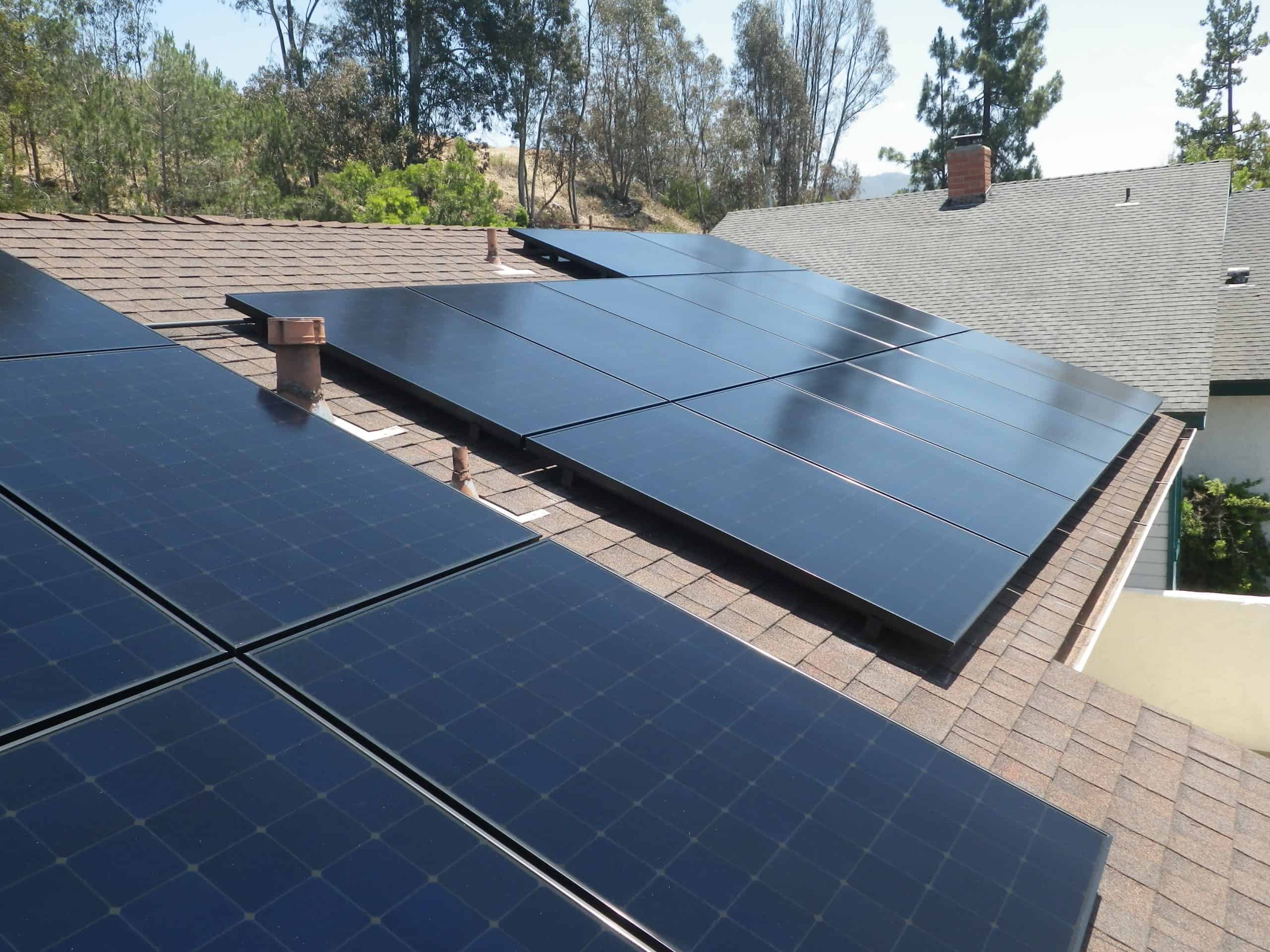Solar Energy Industries Association (SEIA) shared in a recent Solar Market Insight Report that the residential market has seen substantial growth with 2019 becoming a record year for installations. Continuous advancements within the solar industry are a big win for the environment when addressing how energy is produced and consumed, but what happens after a solar panel’s lifespan runs out?
Responsible management of solar panels is a crucial part of providing green energy solutions for a better future. SunPower believes in creating solar products that are as sustainable as the clean energy they produce. Recognized as a PV Magazine 2019 Sustainability Award Winner , several steps have been taken at SunPower to help reduce the carbon footprint associated with solar manufacturing and installation. This includes SunPower’s Maxeon E-Series and X-Series Direct Current (DC) panels which have achieved Cradle to Cradle Certified™ Bronze recognition. Products with this certification are evaluated on their material health, material reutilization, renewable energy use, water stewardship and social fairness.
SunPower also works with a well-vetted network of e-waste recyclers nationwide who accept solar panels. SunPower’s recycling partners estimate that anywhere from 85%-100% of a solar panel gets recycled. Detailed information on what materials make up a SunPower® solar panel can be found on the International Living Future Institute’s website 2 .
How does solar panel recycling work?
Determining which materials get a second life requires a deeper look at the recycling process. Solar panel recycling starts with a coarse mechanical grinding where the panels are crushed into smaller pieces. These pieces progress through a series of other machines that continue to break them down, eventually leading to a fine consistency similar to sand. The material is then sent through a magnetic separation process that isolates out metals. When the process is complete, these materials are transformed into items like glass bottles, reflective beads for roadways and several other items.
While glass is a commonly recycled material, solar panel recyclers are collaborating with downstream vendors to find new uses for what comes out of the recycling process. For example, SunPower works with innovative companies like Cascade Eco Minerals in Ohio, who are developing a creative reuse of the copper featured on SunPower Maxeon® solar cells . They are currently researching an approach that would incorporate copper in animal feed as livestock can often have a copper deficiency.
SunPower customers can reference the recycling policy to learn about the benefits available to them. When looking for a nearby location to recycle panels, SunPower recommends choosing a facility with high standards of sustainability. Recyclers with a R2/RIOS certification can be found by using the Sustainable Electronics Recycling International (SERI) directory .
SunPower believes that environmentally friendly practices go beyond providing clean energy solutions. Every step before and after a solar panel is produced is crucial to maintaining social responsibility. Ensuring that solar panels are recycled after they have served their full term helps SunPower maintain a closed-loop strategy that completes the cycle of sustainability.
1Recycling facilities may not be located in your area.
2Sunpower entries on the International Living Future Institute’s website can be located in two areas:
SUNPOWER® MAXEON® 5 PANELS
SUNPOWER® MAXEON® 2 & 3 PANELS
This post originally appeared on the SunPower Resource Blog











